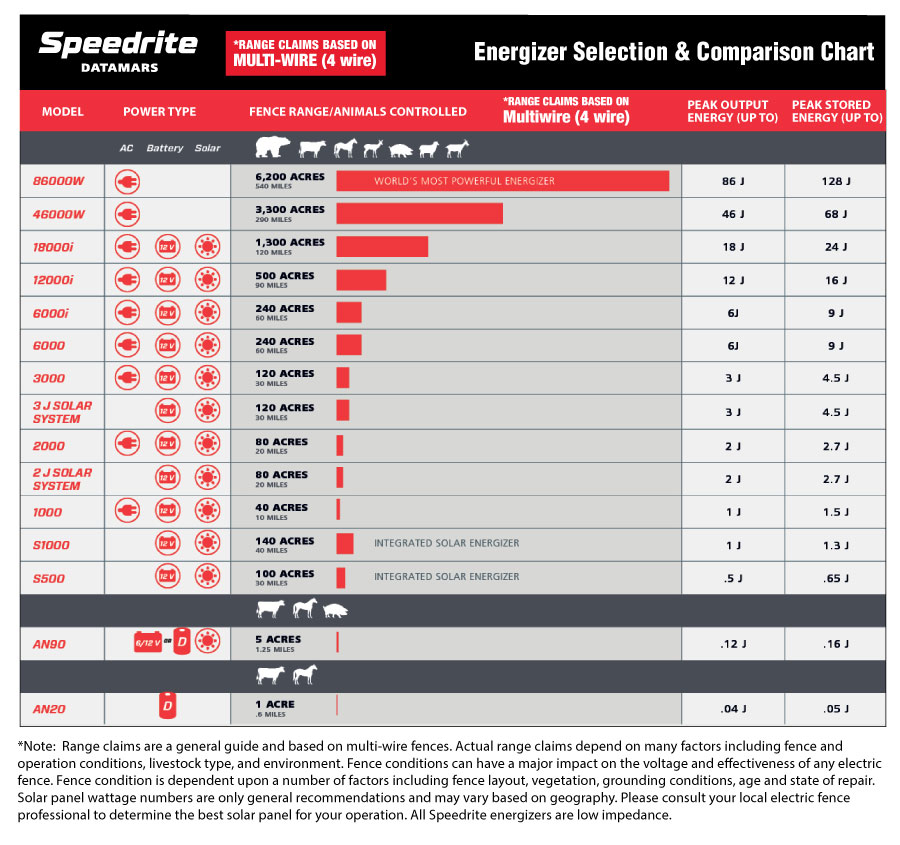Earthing/Grounding Your System
Your ground system is the most important component of your electric fence system. An effective ground system is necessary to achieve the maximum results of your energizer and your fence.
Understanding Grounding
What is a ground system?
The ground system consists of a number of ground rods that provide an effective (low resistance) path for the current to return to the energizer’s ground terminal. Larger energizers with large fence lines require more ground rods.
How does grounding work?
For an electric fence to give an electric shock the current produced by an energizer must complete a full circuit. The current leaves the energizer and moves along the fence wires through the animal, into the soil and back to the energizer via the ground system.
What factors affect your ground system?
Dry, sandy or non-conductive soil provides and ineffective grounding system. If you have this type of soil, it’s a good idea to 1) use additional ground rods or 2) choose a better location for the ground system (such as damp soil) or 3) consider an alternative method of groiunding such as the Hot/Ground System.
Watch our video
How To Earth Your Electric Fence System.
Types of Ground System
All Live Grounding System
An all live ground system is recommended where soil is conductive (most moist soils are conductive). When an animal standing on the soil touches the fence, the circuit is completed when the current travels back to the energizer via the ground rods, then the animal gets a shock.
Ground Wire Return (Hot/Ground)
A ground wire return, or hot-ground system, is recommended where soil is not conductive (most dry or sandy soils). The fence is constructed using both live and ground wires. When an animal touches a live and a ground wire at the same time, the circuit is completed and the animal gets a shock.

Selecting a Site for the Ground System
A suitable place for the ground system is:
- At least 33 ft (10 m) away from any other ground system (i.e. telephone, house power line, etc.)
- Away from livestock or other traffic that could interfere with the installation
- Where the system can easily be accessed for maintenance
- Ideally, where there is damp soil all year round (i.e. a shaded area or under the drip line of a building).
Ground Rods
The number of ground rods required depends on the type of energizer being used to power the fence and soil condition. As a general rule, you should use one ground rod per 2 output joules. You can use a single T-handle ground rod for all integrated solar energizers and energizers rated for 0.5J or less.
For long ground rods (5’–6’ length):
- Space the required number of 5–6 ft (2 m) ground rods at least 10 ft (3 m) apart.
- Drive the ground rods deeply into the soil, at least 10 ft (3 m) apart. Make sure that the ground rods protrude out of the soil at least 4 in (10 cm) so they can be easily connected.
- Join the ground rods in a series using ground clamp and underground cable.
For T-handle ground rods (3′ length):
Insert the rod out of the soil at least 4 in (10 cm)


